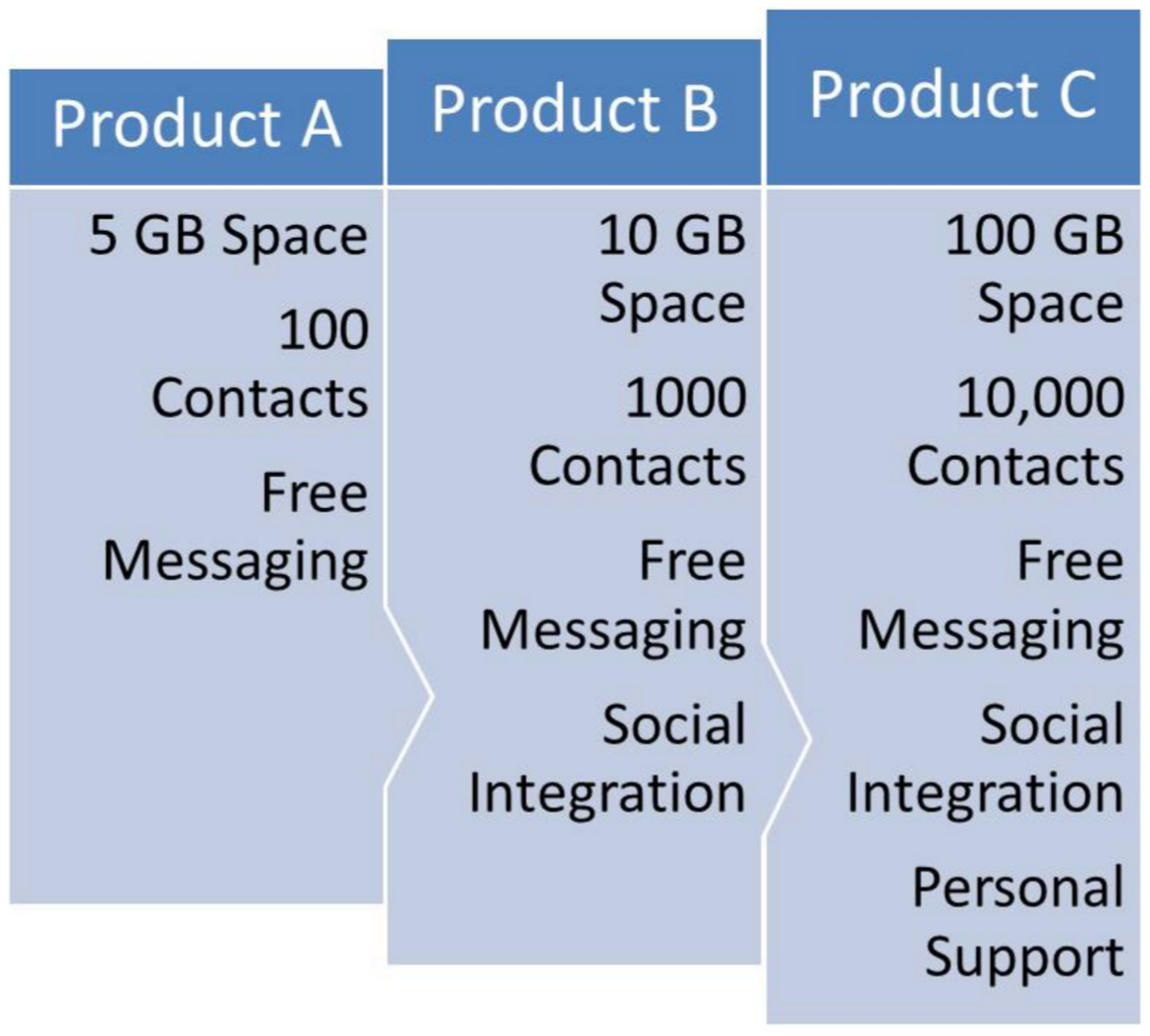
We’ve all seen it. Promises of if you do this or if you do that, then you will make lots of money. That your profitability will go up. What happens in the end? It’s anyone’s guess really. However, there are measurable factors that can increase profitability in the SaaS Business Model.
MRR Monthly Recurring Revenue: In a SaaS business, one of the most important numbers to watch is MRR. It is likely a key contributor to Profitability.
– David Skok, a five time serial entrepreneur turned VC, at Matrix Partners
Factor 1: Scalable Pricing
Scalable pricing will ensure that there’s always a product to fit the needs of your clients. It gets them into the product and when they see how well it works, it will prompt them to go up to the next package if it meets the needs. But this way you’re not overwhelming them with a lot all at once. For example:
Product A has X number of benefits for the low cost of $20.00 per month. Product B has Y number of benefits which may include the same as Product A but it may expand on them for $50.00 per month. So instead of say offering 5GB of space it may include 10GB of space while offering these other new products. Product C might have Z number of benefits which expands from Product B similarly for $100.00 per month. It entices you to step up to the next product when you see how much you love the basic line.
So the first step is deciding what your products are, what levels of incentives you will offer for each one and the pricing that goes with it.
Scalable pricing is a powerful tool to grow revenue in a SaaS or software business. It allows you to capture more of the revenue that your customers are willing to pay, without putting off smaller customers that are not able to pay high prices. It also provides a great way to continue to grow revenue from your existing customers.
– David Skok, a five time serial entrepreneur turned VC, at Matrix Partners
Factor 2: Qualifying Leads, Quality Over Quantity
Another large factor is the leads you gain for sales. There is a fine line to walk between quantity and quality. Would you rather have 100 leads that may or may not pan out or 10 leads that are sure sales? You may think that sure, those 100 leads may pan out, but without qualifying them, you might have one out of all of those leads that end in a sale. Having a simple, but effective lead qualification process will save you much time and aggravation in sorting through those who come to you for your product.
Pre-qualifying leads that have reached a score threshold in marketing automation is essential. However, scoring schemas are still evolving. As such they are not the true definition of lead quality, but rather activity and frequency and perhaps, interest. A lead isn’t qualified based on demographics and firmographics alone. The benefit of marketing automation is that you’ll know exactly who in your database is active and what content they’ve interacted with. This provides a perfect opportunity for inside sales to have a relevant conversation with a prospect to gauge how close the scoring schema is and find ways to improve it. If the prospect won’t talk to inside sales, that should give you a clue as to whether or not they’ll be willing to speak with direct/field sale.
– Ardath Albee – Author of eMarketing Strategies for the Complex Sale
Factor 3: Customer Self-Service Fine Line
The always underrated, but everyone expects it angle is customer service and self-service. There should always be someone that they can talk to, but there should be much that the customers are able to take care of themselves. This way it’s as quickly dealt with as possible, but there is always a backup in the event that something else truly goes wrong.
The ideal SaaS sales model is complete customer self-service. However, this requires that your customers be willing and able to service themselves. Able such that they understand the value of your product, how to buy it and how to use it.






